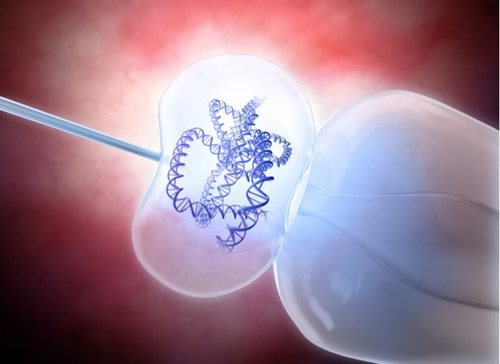 Image: Mopic/Shutterstock
Image: Mopic/Shutterstock
Amryt, the Irish-listed biopharma company that focuses on rare and so-called ‘orphan’ diseases, has announced the signing of an in-licence agreement with University College Dublin (UCD) that could prove immeasurably beneficial to the lives of those living with a rare and debilitating skin disorder.
The agreement will see the pair work on a novel gene therapy platform for the treatment of epidermolysis bullosa (EB), often described as ‘the worst disease you’ve never heard of’.
In milder cases, only the skin is affected, but more severe forms can affect the mouth, internal linings of the body and even the teeth. The skin’s natural proteins break down, and slight touch can cause extreme pain, sores and blistering.
Preliminary data suggests that this gene therapy treatment could be potentially game-changing for patients with those living with recessive dystrophic EB, a subset of EB.
The technology itself – developed at UCD – involves the delivery of gene therapy using high-branched poly β-amino ester (HPAE) polymer technology.
‘Gene therapy has come of age’
Pre-clinical data of the technique has shown significant levels of healthy collagen VII – where the defective gene is present in patients with EB – in skin post-therapy.
“Gene therapy has come of age in the last number of years and is being applied to multiple orphan therapeutic areas,” said Amryt CEO Joe Wiley.
“The HPAE polymer technology gives us a potential platform technology, with an initial topical application in EB which does not rely on the use of viral vectors for the delivery of gene therapy. If successful, this platform has the potential to be broadly applicable in other dermatological conditions and possibly beyond.”
Despite there currently being no cure for EB, there have been major strides made in research to one day offer a solution.
Colm Gorey
This article originally appeared on www.siliconrepublic.com and can be found at:
https://www.siliconrepublic.com/innovation/amryt-ucd-gene-therapy-skin-disorder-eb



